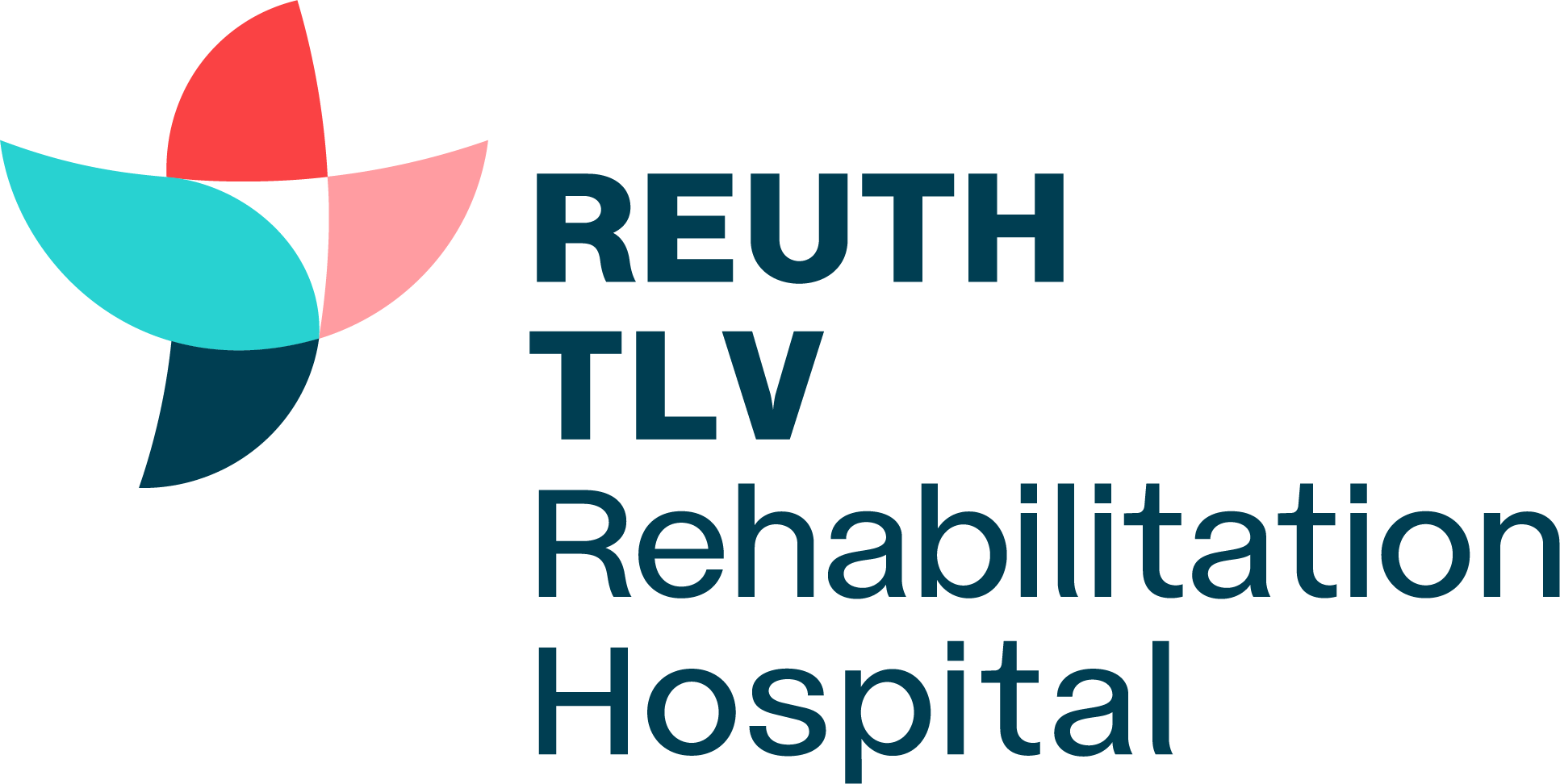In itself a headache is a symptom as described by an individual. Most headaches pass within a short time and the cause cannot always be identified.
When trying to investigate headaches, the first stage is to identify whether this is an initial pain (a situation in which the headache is the actual problem) or a secondary pain, that is to say as a result of another illness (meningitis, a cerebral problem, dehydration etc).
The main initial headaches are migraine, a cluster headache and a tension headache. These headaches are chronic, recurrent and spasmodic and for the most part are not accompanied by prolonged neurological disorders.
In most of the cases attention is paid to the type of pain, its location, accompanying symptoms, characteristic timing and the tendency to appear in other family members and this will direct you to the correct diagnosis.
Professional and organized professional investigation is required in order to ascertain that this is not a headache from another origin (secondary headache). However, in many cases no clear origin for the headaches is identified and they pass after a certain time and do not become chronic.
MIGRAINE
Migraine is common reason for headaches and it appears more in women than in men. It appears as an attack of a throbbing headache, for the most part on one side. The attacks of pain start as a rule by the start of the 20s (sometimes in childhood) and their prevalence tends to decrease in adulthood.
Some patients suffer from migraine with a preceding event (such as seeing flashes of light, aura, pins and needles and a sensory problem with the lips). Furthermore, there could be non-specific preliminary changes in appetite and/or mood.
After several minutes or several hours the headache begins (mostly in a fixed location) which can continue for several days and could be accompanied by nausea and vomiting. The pain itself is generally very strong and worsens when moving the head, on exposure to strong light (photophobia) or noise (phonophobia). In this situation the patient prefers to lie down in a dark and quiet place.
Some of the cases also cause neurological disorders such as problems with vision, problems with moving the eyes, somnolence or weakness of the limbs on one side, In these cases patients become very worried.
The cause of migraine is totally unclear however there is a temporary widening of blood vessels in some of the arteries leading to the head thereby changing the blood flow and causing pain accompanied by neurological changes.
An official diagnosis of migraine requires investigation of the characteristics of the pain and the symptoms before and after it.
It should be remembered that every migraine is slightly different including the strength of the pain, the duration, its nature and the accompanying symptoms are very diverse – some of the patients describe headaches that are not very strong or do not significantly interfere with their lifestyle.
It is recommended that treatment for migraine be given by a physician specializing in the field. The medicinal treatment is divided into treatment for the attack when it commences and reduction and preventive treatment given on a regular basis in order to reduce the prevalence of the attacks in advance.
In order to treat the suffering from the illness effectively it is recommended to also integrate it with a healthy lifestyle (nutrition, rest, relaxation methods, moderate physical activity etc).
CLUSTER HEADACHE
This is a strong headache that appears, similar to migraine, as attacks. For the most part the pain is behind one of the eyes and is described as very strong and feels “invasive and sharp” (to differentiate from the throbbing pain characterizing migraine). Its definition as a “cluster” implies that for the most part “the attack” includes a continuum of several headache events with short intermissions between them (cluster). The attacks appear mainly during sleep at night. The cluster headache is more prevalent in men (mainly smokers) than in women.
Several phenomena appear in the same area simultaneous with the headache – a runny nose with a feeling of congestion in the nostril, tearing in the eye, dilation of the pupil with a slight drop of the eyelid and flushed cheeks. This combination raises the assumption that in this case too there are changes in the flow in the blood vessels in the area.
The diagnosis and the treatment for cluster headaches should be determined by a physician. Use can be made of pain killers, blood pressure medications (calcium blockers) and even breathing through a 100% oxygen mask.
TENSION TYPE HEADACHE
This is the most prevalent chronic headache. For the most part it appears on both sides with a tendency, for various people, to be concentrated in the rear, side or front areas. The pain has a blurry and pressing nature (described as a band of pain pressing around the head or as a feeling that the head is about to explode). No symptoms accompany this headache such as nausea and vomiting, sensitivity to light (photophobia) or noise (phonophobia). The pain could continue for several days and most of those suffering from it are able to continue to function during it and make use of common pain killers and rest. Some of the patients report of a connection between feelings of worry, anxiety, stress or depression to the appearance of the headache and its intensity. A large number of patients suffer from a combination of a prolonged headache and a depressed mood or worries that increase the feeling that the cause of the headache could be a brain tumour. In this case an open and honest conversation is recommended as well as an examination by a physician in order that he be able to assess the most reasonable cause of the headache.
The pain can be treated directly by pain killers and medications to improve mood or reduction of worry however it is recommended also to integrate a more healthy lifestyle including techniques for reduction of stress (such as meditation), moderate physical activity, healthy nutrition and to check how you can reduce the causes of stress in the patient’s life.
In conclusion, a headache is a very prevalent phenomenon which for the most part is not dangerous. In the event that the pain is accompanied by additional neurological phenomena or continues for a prolonged period or worsens, it is recommended to visit the family physician.
The information presented in this article is general. It does not constitute medical advice or replace consultation with a physician. It should not be regarded as a recommendation or an alternative for medical treatment.
The information presented in the English website is partial. For full info please visit our Hebrew website
(image is for demonstration purposes unsplash)

 donation
donation 




“Reuth Information Center”, All rights reserved to Reuth rehabilitation hospital. Reuth Information Center is an informational site only. All information on the Website is not a replacement or a substitute for medical, legal, economic, consumer, financial or other advice and any use of the information on the Website is solely the responsibility of the User. Surfing is subject to Terms of Use.